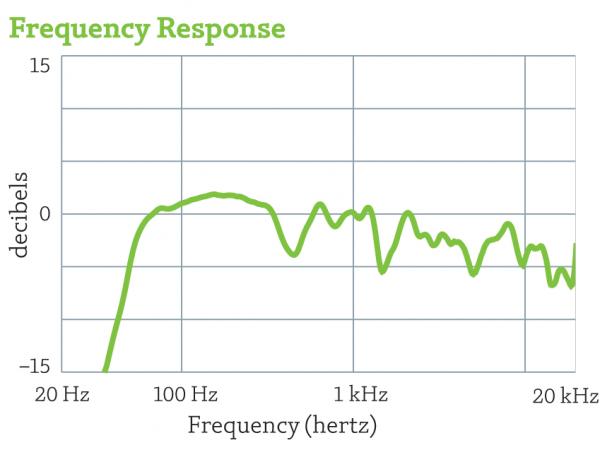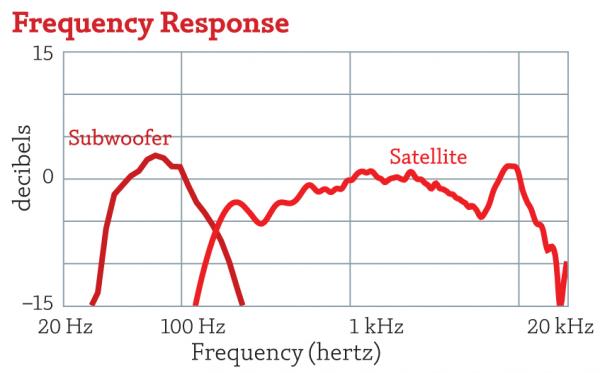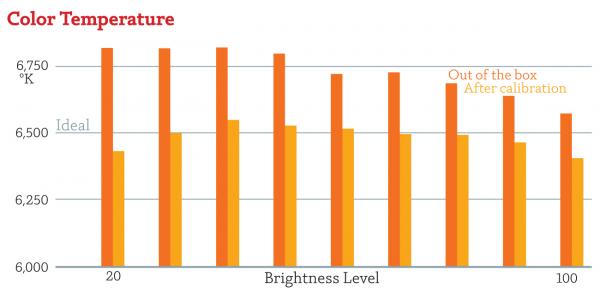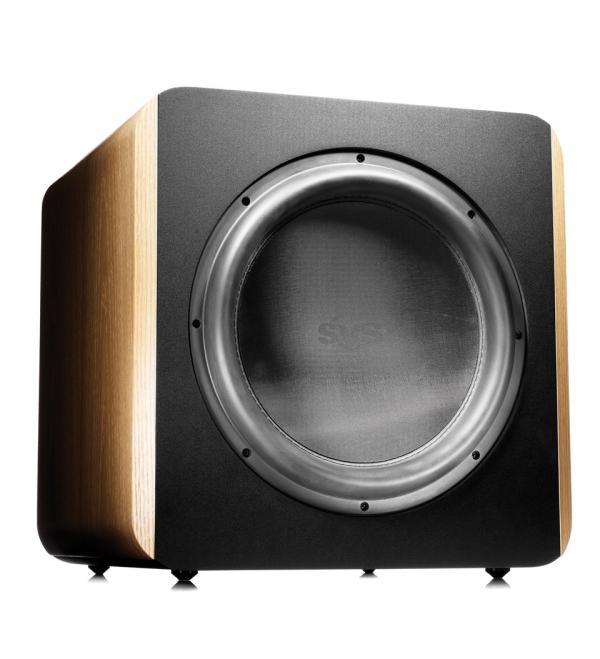LATEST ADDITIONS
|
Jun 17, 2011
Back in March, I asked what is your main speaker configuration, and 52 percent of respondents picked 5.1, with another 28 percent saying 7.1. So now I wonder what type of surround speakers you usebipole, dipole, and/or monopole.
What's the difference? Bipole and dipole surround speakers include two sets of drivers that fire more or less in opposite directionswith bipoles, the drivers are in phase, while a dipole's drivers are out of phase, creating a null region along the central axis between the drivers. Monopoles are simply conventional direct-radiating speakers with a single set of drivers that many prefer for multichannel music, but they don't create a diffuse surround soundfield that benefits most movie soundtracks.
Vote to see the results and leave a comment about your choice, especially if you use a combination in a 7.1 system. What combo do you use, and why?
|
Jun 16, 2011
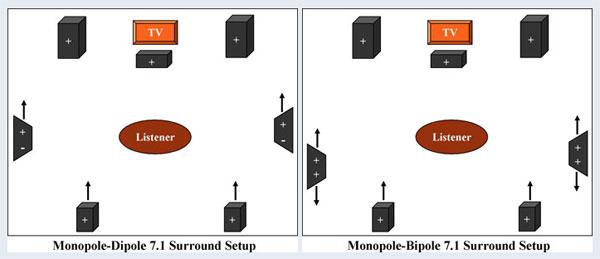
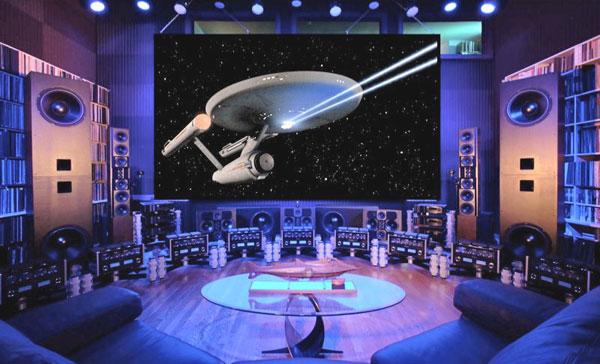
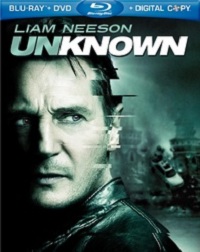 Arriving in Berlin for a technology conference, Dr. Martin Harris (Liam Neeson) must make a mad dash back to the airport in order to find his left-behind briefcase that contains some valuable information and his passport. In his haste, he leaves his wife (January Jones) at the hotel check-in and doesn't tell her where he's headed. After a horrific accident, he awakens in a hospital four days later and is troubled to learn that no one has come looking for him. He tracks down his wife at the conference and discovers that she doesn't recognize him, and another man (Aidan Quinn) has assumed his identity. Is he going mad?
Arriving in Berlin for a technology conference, Dr. Martin Harris (Liam Neeson) must make a mad dash back to the airport in order to find his left-behind briefcase that contains some valuable information and his passport. In his haste, he leaves his wife (January Jones) at the hotel check-in and doesn't tell her where he's headed. After a horrific accident, he awakens in a hospital four days later and is troubled to learn that no one has come looking for him. He tracks down his wife at the conference and discovers that she doesn't recognize him, and another man (Aidan Quinn) has assumed his identity. Is he going mad?


